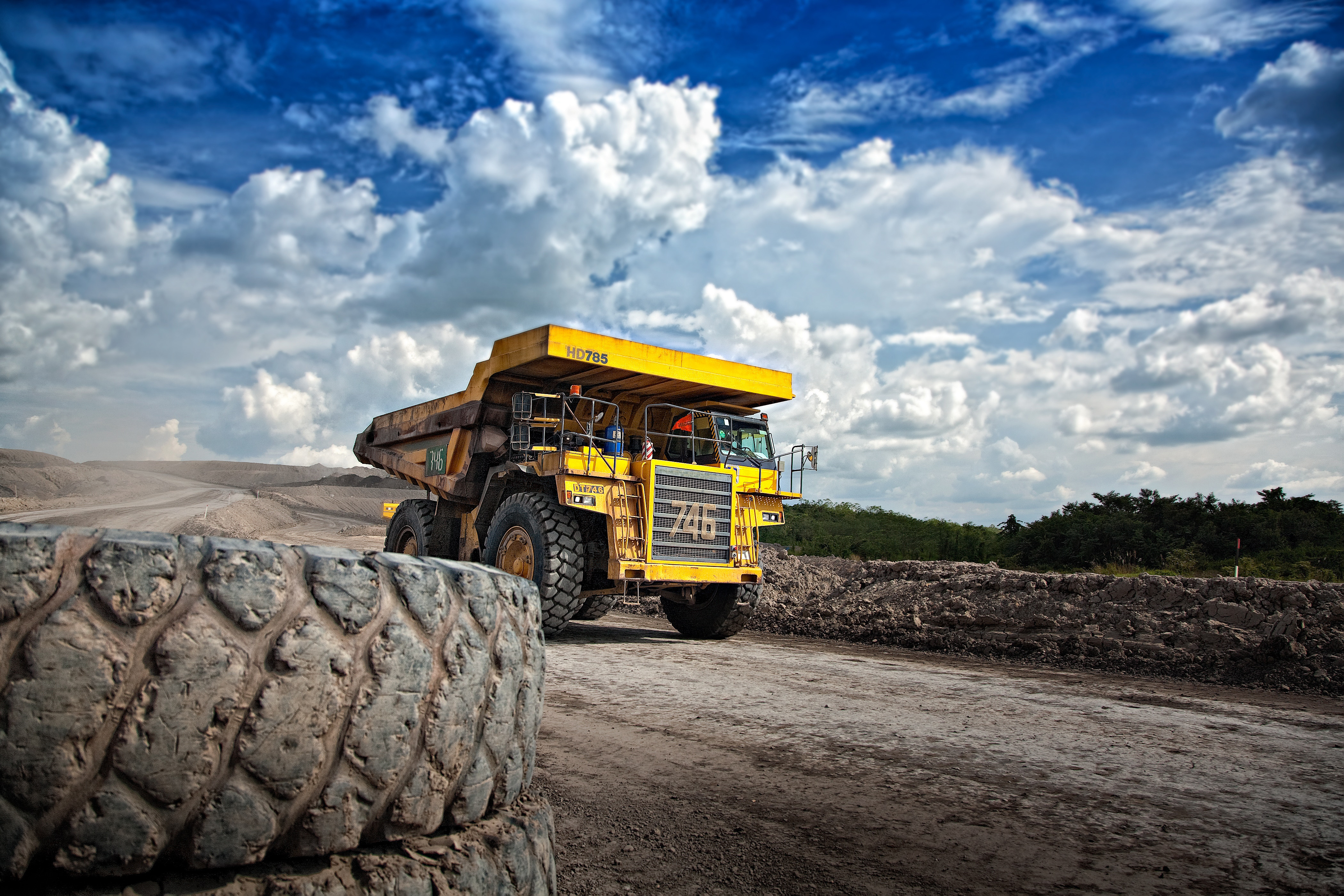
Most of the recent attention surrounding autonomous vehicles (AVs) has focused on the explosion in the number and variety of unmanned aerial vehicles (UAVs), and on the development of driverless cars. Less heralded are the steady improvements in the automation of vehicles for “dull, dirty, and dangerous” jobs—most notably, mining.
Mines are an excellent place for testing and early adoption of AVs, for three reasons. First, mines (as well as farms and other private property), are controlled environments, with far fewer independent variables than on public streets, such as drivers, pedestrians, and construction. This reduces the chances of accidents, as well as the stakes if one does occur. Second, despite great safety improvements over the decades—including, most recently, robotic drills and self-driving ore-carrying vehicles—mines are still dangerous places, especially with regards to haulage. In fact, most mining accidents and fatalities occur when humans work with vehicles. Therefore, reducing the number of human operators physically present can greatly improve safety. (By contrast, during these early adoption years in the transition to driverless cars, human back-up drivers are on board to improve safety for other drivers and pedestrians.) Third, as with any other business, automation can greatly boost profits by reducing the number of operators and increasing the hours of operation, because AVs do not require shift changes and lunch breaks.
Despite being controlled environments, mines present an obstacle course to AVs due to rocks piled for removal, other equipment, and miners. On open pit mines, with a clear or only partially obstructed view of the sky, AV positioning and navigation relies mainly on GNSS. In mine tunnels, which no GNSS signals can reach, it relies on inertial navigation and indoor systems, such as RF ranging, as well as LiDAR. The integration of GNSS and inertial technologies, which has been well adopted for such applications as aerial mapping, is becoming the standard for all machine control and AV applications. Inertial navigation can help GNSS receivers provide more stable, reliable position outputs when signals are hard to receive. In land applications, a vehicle’s velocity can be constrained by applying a “land profile” based on a range of acceptable vehicle dynamics, including limits to the vehicle’s cross track and vertical velocities.
AVs require positioning and navigation with 10-centimeter accuracy, combined with unprecedented integrity even in challenging environments. Attaining this within multipath propagation conditions requires exploiting the full set of GNSS multi-frequency and multi-constellation system advances, as well as excellent antenna performance and augmentations—including a stream of real-time corrections, such as those from continuously operating reference stations (CORS), and simultaneous localization and mapping (SLAM). Additionally, collision avoidance requires sensors, such as LiDAR and radar.
Applanix has been developing technology for AVs for many years. Its parent company, Trimble, has more than 20 years of experience in machine control, guidance, and semi-autonomous operation, beginning with bulldozers in construction and tractors on the agricultural side. In late 2015, Applanix introduced two new solutions to its POS LV (Position and Orientation Solution for Land Vehicles) portfolio, the POS LV 125 and the POS LVX, for a cross-section of land-based applications, including AV guidance, field robotics applications, and large-fleet mobile mapping. In 2017, it began a collaboration on research for AV guidance and control systems with the University of Waterloo Centre in Ontario, Canada for Automotive Research (WatCAR), providing POS units for testing autonomous guidance and control systems in real-world conditions, as well as a Trimble GNSS-inertial board set that includes a high-precision inertial measurement unit (IMU). The Applanix POS LV is a robust, reliable, and repeatable positioning solution for on- and off-road vehicles. WatCAR has been using Applanix technology to assess the performance of the guidance and control systems on board their AVs.
A year ago, Applanix introduced its Autonomy Development Platform to provide automakers, truck makers, and Tier 1 vehicle suppliers the hardware, software, engineering, and integration services they need to accelerate their development programs for on-road and off-road AVs.
Why GNSS-IMUs?
For more insight on how self-driving cars “see,” consider this article on the benefits of Inertial Navigation Systems (INS).